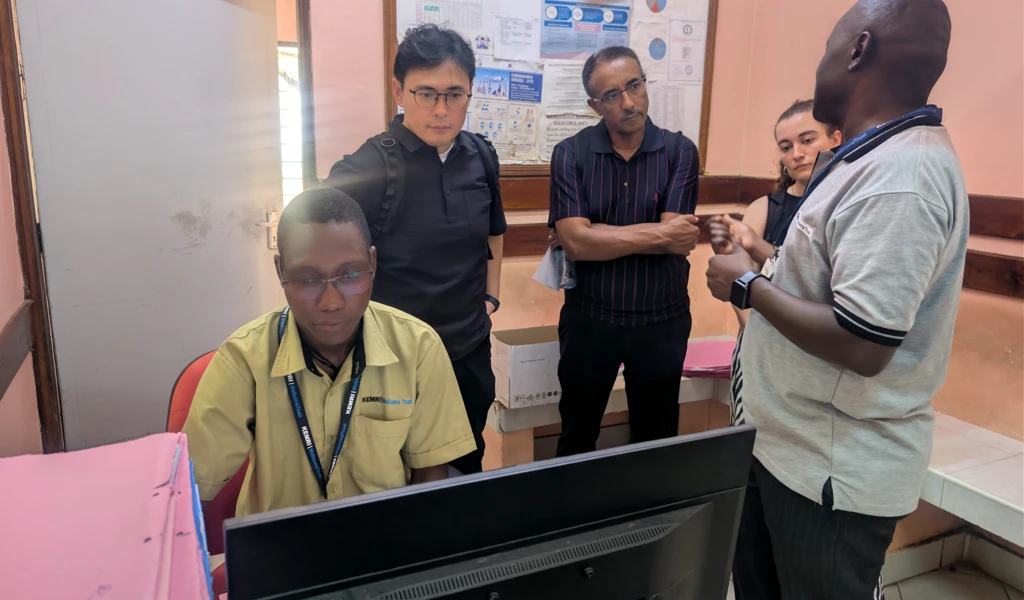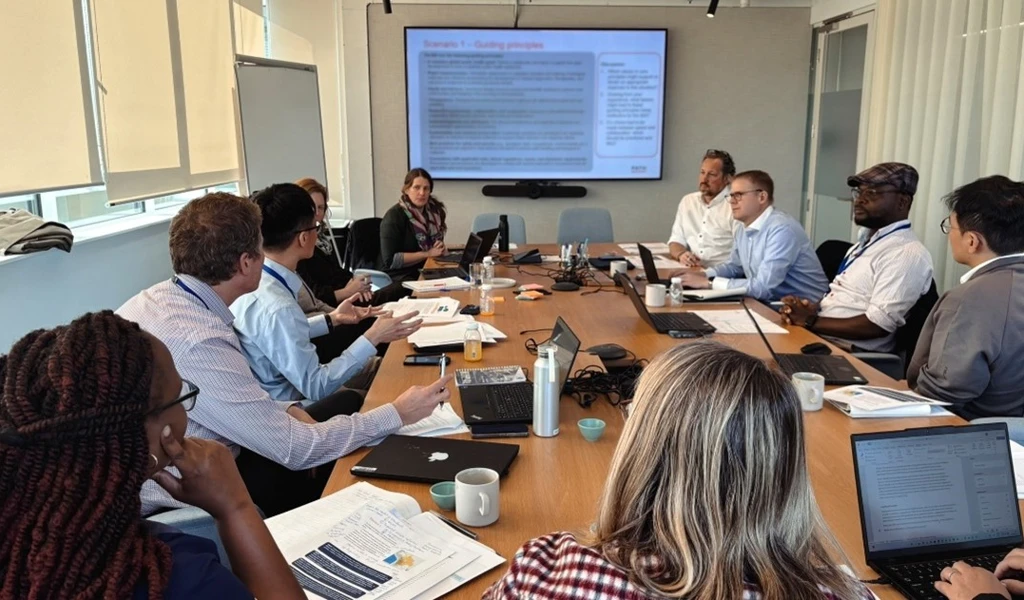The potential human epidemic threat posed by the outbreak of H5N1 bird flu among dairy cattle in the United States is “increasing daily”, says influenza expert Dr Rick Bright, and should prompt global health security and research organisations to take “concrete steps” to get ahead.
Speaking at the Global Pandemic Preparedness Summit in Rio de Janeiro, Brazil, Dr Bright—who was formerly head of the U.S. Biomedical Advanced Research and Development Authority and is currently working with CEPI’s preparedness and response experts—described the H5N1 outbreak in domesticated mammals and poultry as “unprecedented”.
“The alarm bells are going off,” he said. “And some people want to hit snooze, but others want to take concrete actions to be ready to make sure that we can respond in an equitable way when this takes off.”
H5N1 is a Type A influenza virus from the Orthomyxovirus family. It has circulated in wild birds across the world for several decades and during that time has also caused outbreaks on poultry farms and sporadic human infections.
H5N1 can infect people who come into contact with diseased birds. According to the World Health Organization, some 50 percent of the more than 900 people that have been infected with H5N1 since 2003 have died.
The virus has so far shown little ability to spread person-to-person, but in recent years has spilled over from birds into mammals – a development many scientists say is a concern.
Since late 2023, it has been spreading among dairy cattle on farms in the United States where it has also caused several worrying cases of spillover infection in people—all of them farm workers in close contact with cattle.
Latest data on the U.S. H5N1 outbreak shows the virus has caused at least 10 confirmed human cases of infection across three states and been detected in 169 dairy herds across 13 states. It has also infected an estimated 100 million poultry chickens and more than 9,500 wild birds.
“The problem with this situation is that there are a lot of people that work daily in constant interaction with these animals,” said Bright. “The chance for infection via spillover into people is a daily risk. And it’s increasing.”
“The more people infected, the more chance for mutation and the more chance that this will change very rapidly and get out of control.”
In May, CEPI convened a cross-departmental group of its outbreak response experts to keep closer track of the H5N1 outbreak and take some initial “no-regret” steps designed to put the world ahead of the virus if it were to become a greater human threat.
Those steps include exploring potential H5N1 vaccine development using computer-assisted design of H5N1 antigens—substances that trigger an immune response.
“There’s been a ton of new science about how to design better antigens – particularly computationally-assisted or artificial intelligence-assisted antigens,” said Dr Nicole Lurie, CEPI’s Executive Director for Preparedness and Response. “So we’ve put together a consortium to try to design and then test novel antigens with the goal of taking the best candidates at least through Phase I (clinical trials) in humans.”
CEPI is also looking at the potential role of mRNA—the technology behind some of the life-saving COVID-19 vaccines that were developed and authorised in under a year.
The coalition is also working with partners across the pandemic preparedness and response ecosystem, including national governments and global health partners such as the WHO, Gavi and others to think about how we can best collaborate to improve H5N1 preparedness. And it is talking to its recently-launched network of vaccine manufacturers in the Global South to better understand and then navigate the potential barriers that might stand in the way of scaling up production of new H5N1 vaccines if they were needed.
While the virus is still primarily a flu that infects and affects bird populations, it has also spread to a wide range of mammals in recent years and is now changing in ways scientists don’t immediately understand. It’s also coming into contact with a lot more people.
Lurie warned that further unknowns will emerge in the northern hemisphere autumn and winter as wild birds migrate and the virus starts co-circulating with seasonal influenza strains. Those unknowns need very close monitoring, she said “because we can never make up for lost time.”
Both Lurie and Bright strongly reiterated the need to put equity at the centre of the global health security system’s response.
Through its partnerships across research and policy, CEPI is using its voice to advocate for equitable access to bird flu vaccines. Millions of doses of H5N1 vaccines are already being bought up by the United States and other high-income countries, posing a risk that low- and middle-income countries could be left behind in the event of a widespread avian flu outbreak.
“Our (CEPI’s) philosophy is that when we are worried enough about something, we want to get ready. We want to lean forward. And we want to take some early no-regret actions,” Lurie told delegates at the Summit. “We figure that we can always stop (if the threat recedes), but …. If the worst happens, we’re going to be way ahead of the game.”

.webp)


